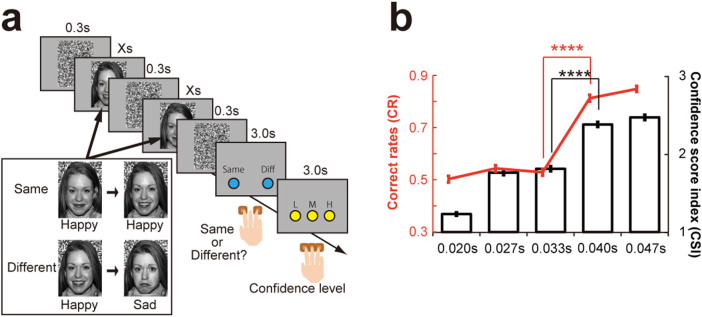Figure 1. Task design and behavioural results for the discrimination task.

(A) Two facial expressions (happy or sad) were presented sequentially with masks. Duration of each presentation was 0.020 s, 0.027 s, 0.033 s, 0.040 s, or 0.047 s. Participants were required to determine whether the presented expressions were the “same” or “different”, and to rate their confidence level (“low”, “medium”, or “high”). (B) Both the correct rate (CR: red) and confidence score index (CSI: black) (mean ± SEM) showed that the ability to discriminate facial expression sharply increased at 0.040 s (CR, paired t-test, t(90) = −17.808, p < 0.001; CSI, paired t-test, t(90) = −17.033, p < 0.001 with BC). *p < 0.05, **p < 0.01, ***p < 0.005, and ****p < 0.001 throughout the figures. This image is not covered by the [CC licence]. Photographs are from the NimStim Face Stimulus Set. Development of the MacBrain Face Stimulus Set was overseen by Nim Tottenham and supported by the John D. and Catherine T. MacArthur Foundation Research Network on Early Experience and Brain Development. (http://www.macbrain.org/resources.htm).
